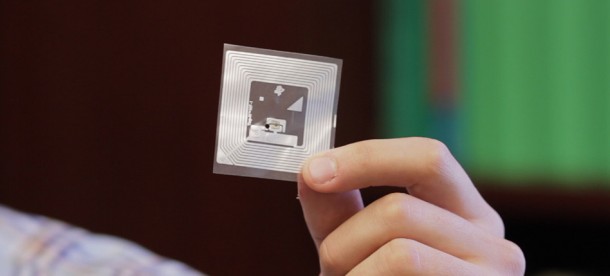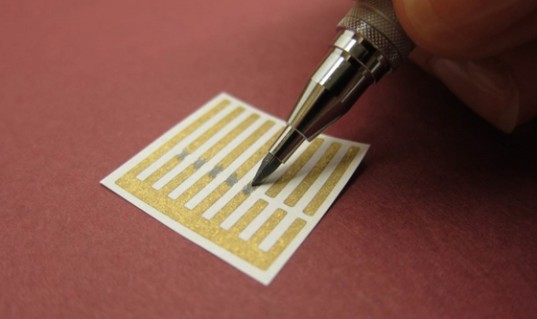Although the rotten food’s smell gives it away, have you ever wondered when exactly did the food go bad? For sure, it had rotten before the smelly fumes surrounded it. Chemists from MIT have been busy developing a wireless and inexpensive sensor that is capable of detecting rotten food by identifying gases in the air. The collected data is then shared with the user’s smartphone, thus alerting the users of food that might be on the verge of going bad.


Timothy Swager, Professor of Chemistry at MIT, said, “The beauty of these sensors is that they are really cheap. You put them up, they sit there, and then you come around and read them. There’s no wiring involved. There’s no power. You can get quite imaginative as to what you might want to do with a technology like this.”
These sensors are basically near-field communication (NFC) tags that have been modified and are often used as proximity sensors. The team started off by punching a hole in the electronic circuit of the tag and replacing the missing item by carbon nano-tubes. These nanotubes have been designed to detect the presence of unique gases. Mechanical pencils that were also created in Swager’s lab in 2012 were used to draw them.
The sensors very minute power that is provided to them via short pulses of magnetic fields emitted by the smartphone being used to take the reading off of them. These pulses induce an electric current in the tag’s circuit. However, for these modified tags, the carbon nanotubes shall alter the radio frequencies at which they receive the pulses, therefore disabling the sensor to respond to the smartphone. As a result, the presence or absence of a targeted gas is indicated.
As of now, each sensor can only detect one particular gas and must be in 2 inch radius of the smartphone to allow for the reading. During the test phase, the chemicals that were sniffed out successfully included gaseous ammonia, cyclohexanone and hydrogen peroxide. The power requirement characteristic of these sensors could allow them to be used for the detection of explosives, environmental pollutants, hazardous gas levels and what not!
The researchers have filed a patent while the applications’ potential of the technology is being explored in depth. The team is also considering incorporating bluetooth technology to increase the range (current being 2-in). Isn’t it exciting?


